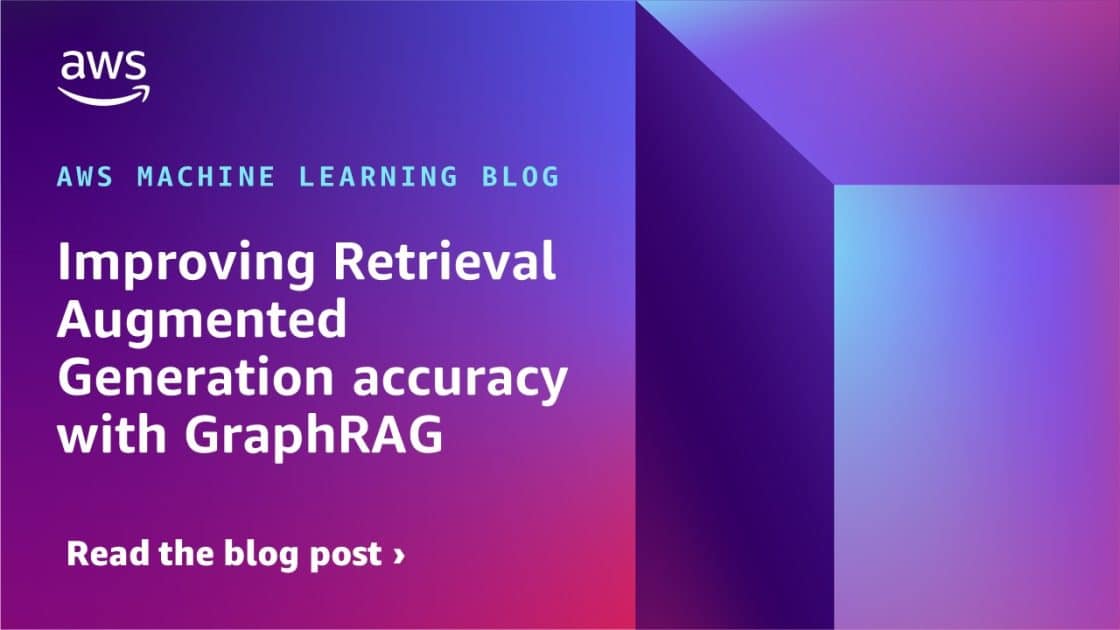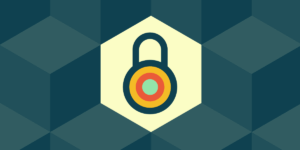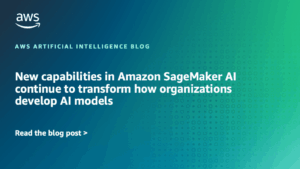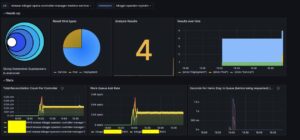In a world where business decisions are increasingly based on concrete data, the integrity and accuracy of information have become essential. Faced with this reality, many companies are looking to enhance the accuracy of their generative artificial intelligence applications. An effective strategy to achieve this goal is the implementation of vector-based retrieval systems, along with the architectural pattern known as Retrieval Augmented Generation (RAG). This approach combines dense embeddings to provide relevant context to the outputs of artificial intelligence. However, when greater precision is required, an advanced solution emerges: Graph Augmented RAG (GraphRAG), which uses graphical structures to enhance reasoning and relationship modeling.
Lettria, an AWS partner, has demonstrated that incorporating graph-based structures into RAG workflows can increase response accuracy by up to 35% compared to traditional retrieval methods that rely solely on vectors. This improvement is due to the graphs’ ability to model complex relationships and dependencies between data, thus providing a more nuanced and contextual foundation for artificial intelligence outputs.
Recent developments focus on how graphs can capture complex human queries. User queries often require connecting multiple pieces of information, which can be challenging for conventional data representations. Graphs, by design, reflect human thought more naturally and preserve rich interrelationships between entities, allowing for an interpretation of data that aligns better with human thought processes.
Moreover, Lettria has shown evidence that answer correctness has increased from 50% with traditional RAG to over 80% with GraphRAG. This analysis spanned sectors such as finance, health, industry, and law, suggesting a wide variety of applications for this technology.
To validate the effectiveness of this hybrid methodology, Lettria conducted a series of comparative tests that evaluated GraphRAG, leveraging both vector stores and graphs, against a reference RAG based solely on vectors. The evaluations included different types of questions, demonstrating that an approach that combines the strengths of both systems can significantly enhance RAG’s ability to handle complex queries.
AWS stands as an essential ally for implementing generative artificial intelligence applications, offering a comprehensive range of tools and services. Through the AWS platform, access to advanced services like Amazon Neptune, a fully managed graph database service that facilitates modeling and navigating complex relationships within data, is available.
The integration of GraphRAG into the AWS ecosystem and with Lettria’s solution simplifies the process of ingesting and processing complex data sets, improving response accuracy by 35%. These managed solutions enable companies to leverage scalable and flexible infrastructures to meet growing data demands.
Therefore, it is clear that for companies adopting generative artificial intelligence applications, data accuracy is a critical matter. The incorporation of graphs into the RAG workflow offers a richer and more detailed representation, crucial for addressing the complexity of real-world questions and, consequently, improving data-driven decision-making.
via: MiMub in Spanish










